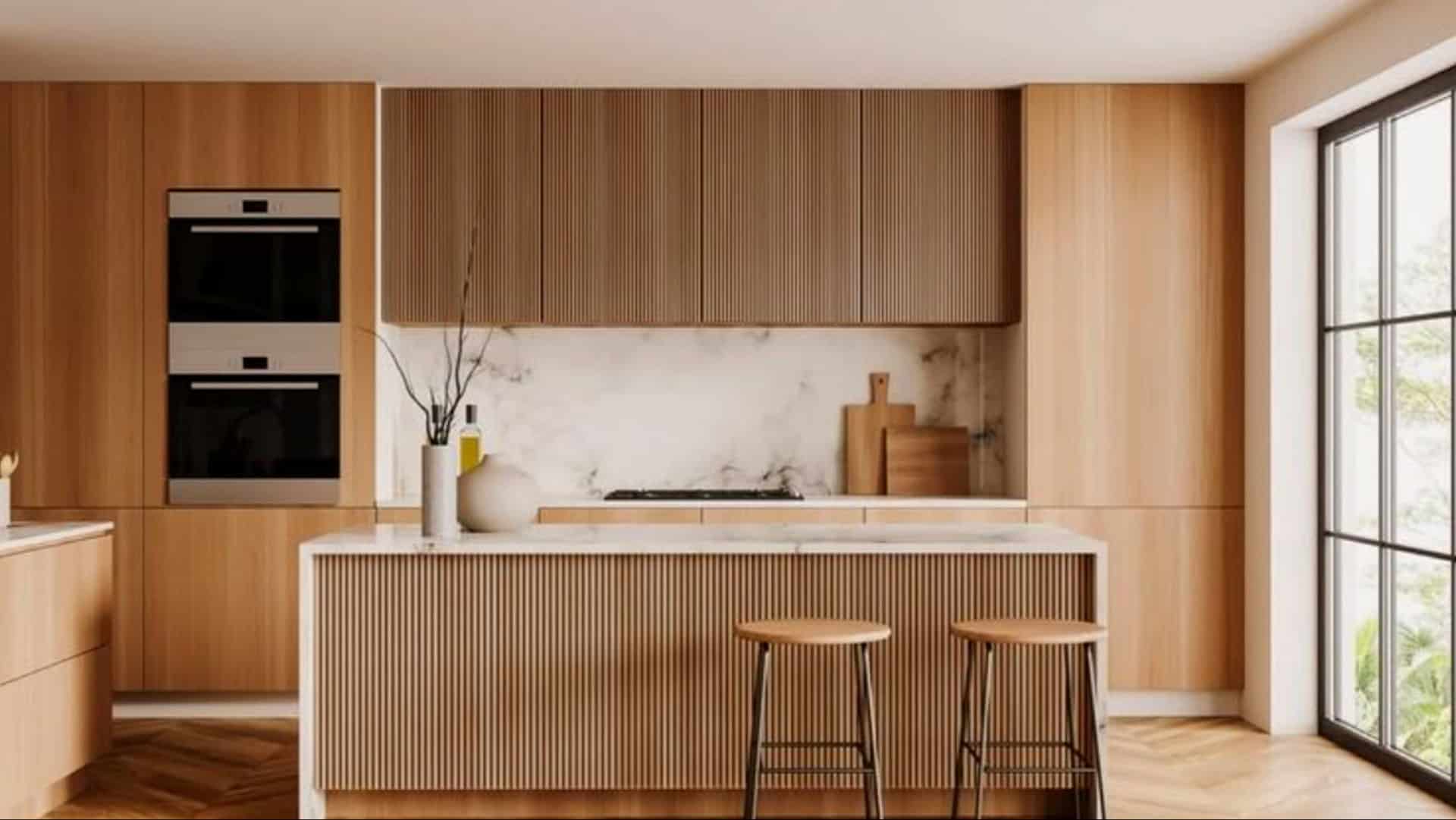Navigating the world of built-in kitchen appliances can be both exciting and daunting.
While these appliances offer a sleek and integrated look, they come with their own set of challenges that contractors might not always share upfront.
Here, we explore the untold truths about built-in appliances, providing insights into potential issues and why you might want to think twice before installing them.
1. Heat Damage to Cabinetry
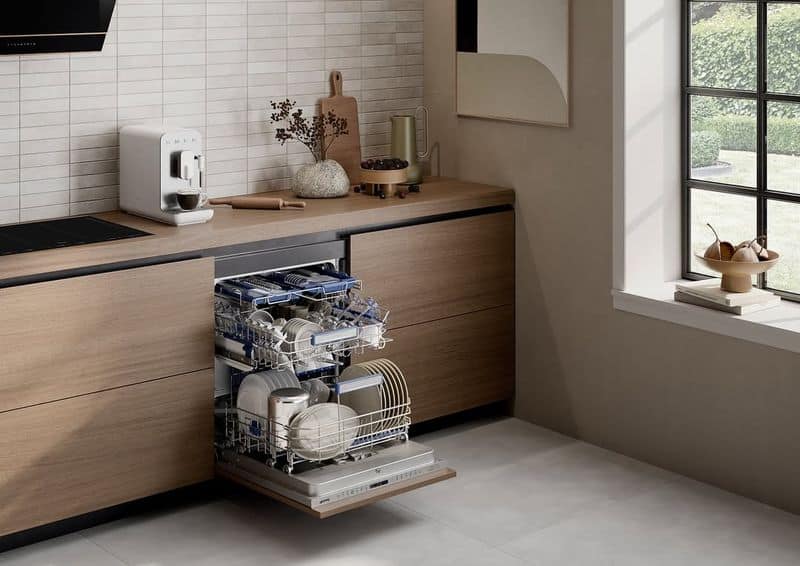
The heat generated by built-in ovens and dishwashers can lead to significant damage over time. When cooking at high temperatures, adjacent cabinetry may warp or discolor.
This is especially true for kitchens with limited ventilation.
A solution is to ensure adequate airflow, but this may require additional modifications. Therefore, consider the long-term effects of heat before installation.
This aspect often remains unspoken during consultations, leaving homeowners surprised when issues arise.
2. Ventilation Issues
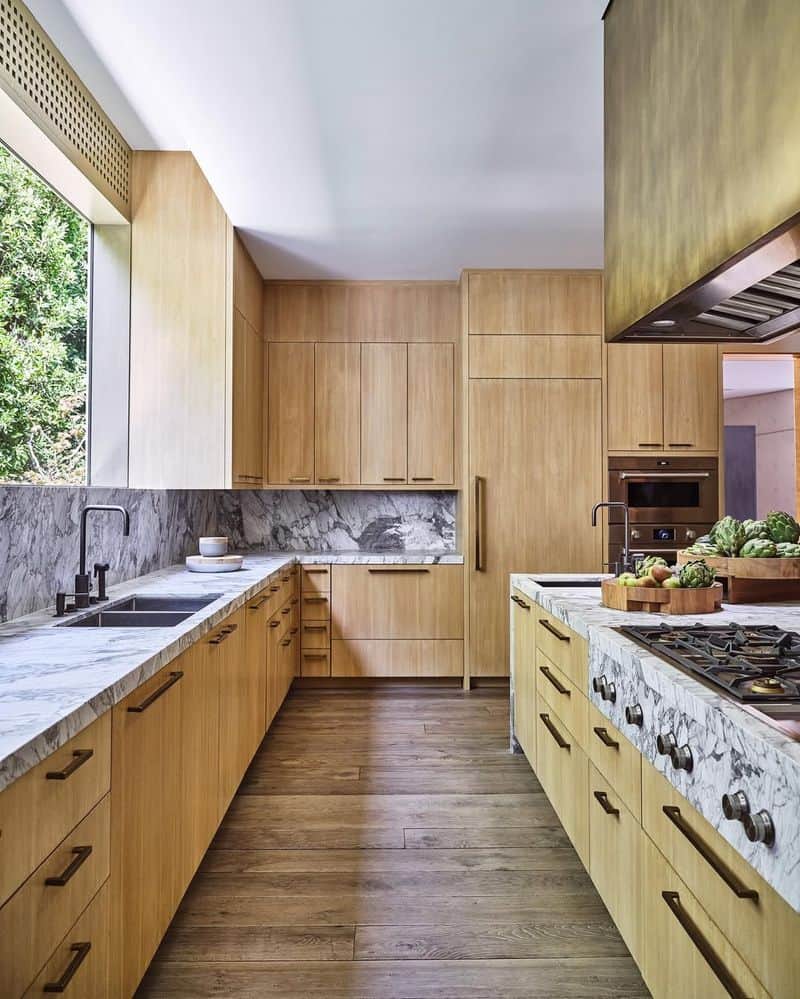
Proper ventilation is critical for built-in appliances, yet often overlooked. Without adequate ventilation, moisture can build up, leading to mold or damage to cabinetry.
Installing efficient range hoods and ensuring air circulation can mitigate these problems. It’s essential to address ventilation needs during planning to avoid future complications.
This aspect is sometimes glossed over by contractors, so be proactive in your inquiries.
3. Installation Complexity
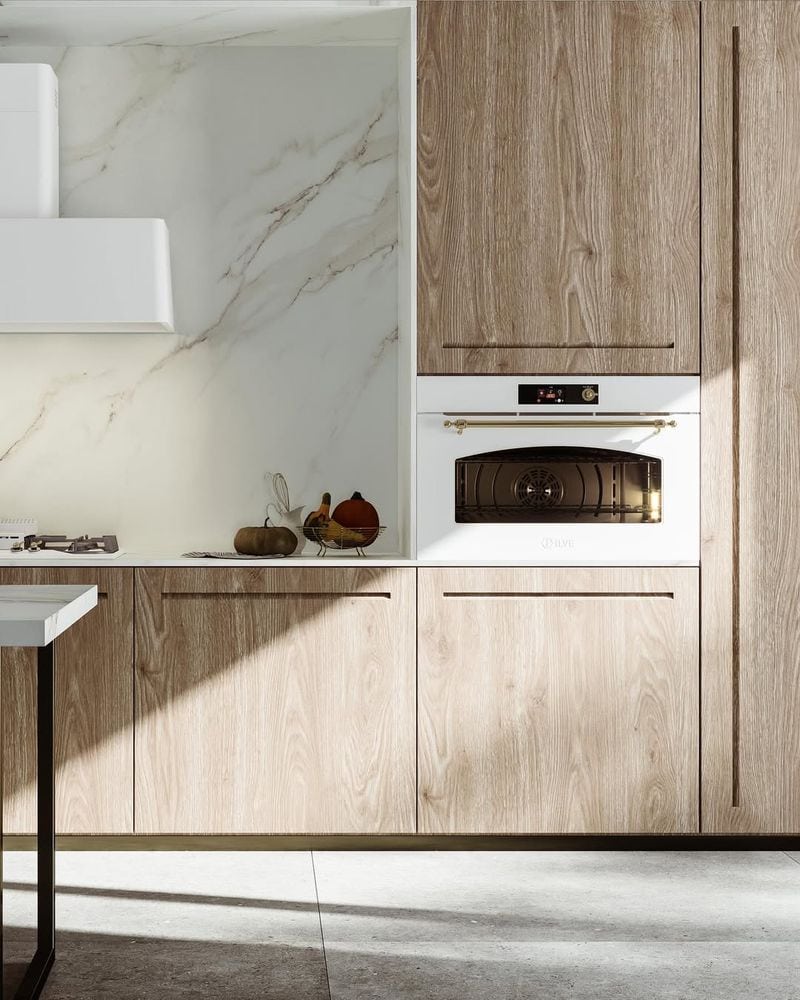
The complexity of installing built-in appliances can lead to unexpected costs. Precision is key, requiring skilled contractors to ensure a seamless fit.
Improper installation may result in gaps or misalignment, affecting the appliance’s efficiency and aesthetics.
It’s essential to budget not just for the appliance, but for a professional installation, ensuring everything fits perfectly. This complexity is often understated in initial discussions.
4. Limited Design Flexibility
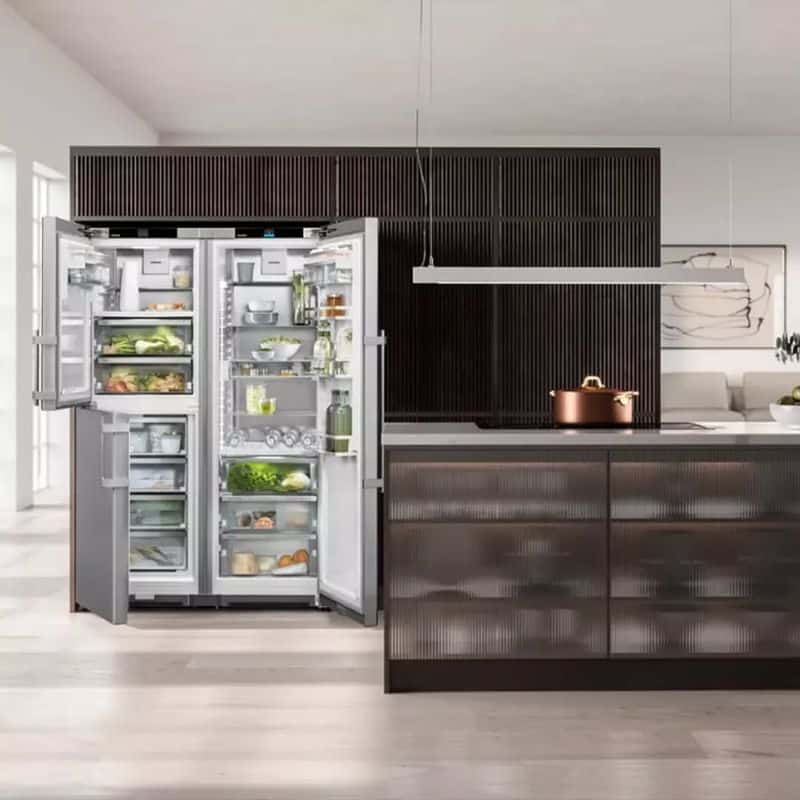
Choosing built-in appliances limits your design flexibility. Once installed, rearranging your kitchen layout becomes a daunting task.
Changing the appliance position means additional costs and potential cabinet modifications. For those who frequently update their kitchen’s aesthetic, built-ins might restrict creativity.
It’s wise to consider if your design preferences might change before committing to that new built-in.
5. Difficult Upgrades
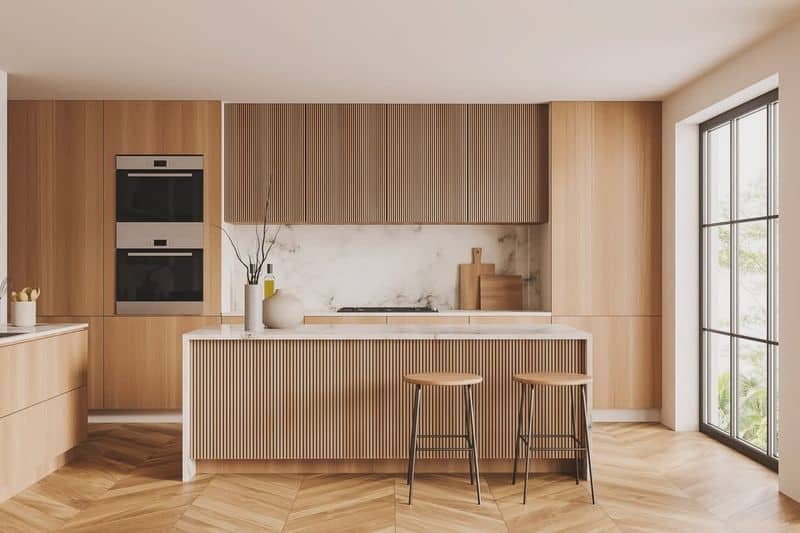
Upgrading built-in appliances can be difficult. The units are often customized to specific spaces, making replacement challenging.
This might require resizing cabinetry or electrical modifications, leading to unexpected costs. Planning for the long-term compatibility of appliances can alleviate future upgrade issues.
It’s something to ponder before committing to built-in, avoiding potential roadblocks down the line.
6. Space Constraints
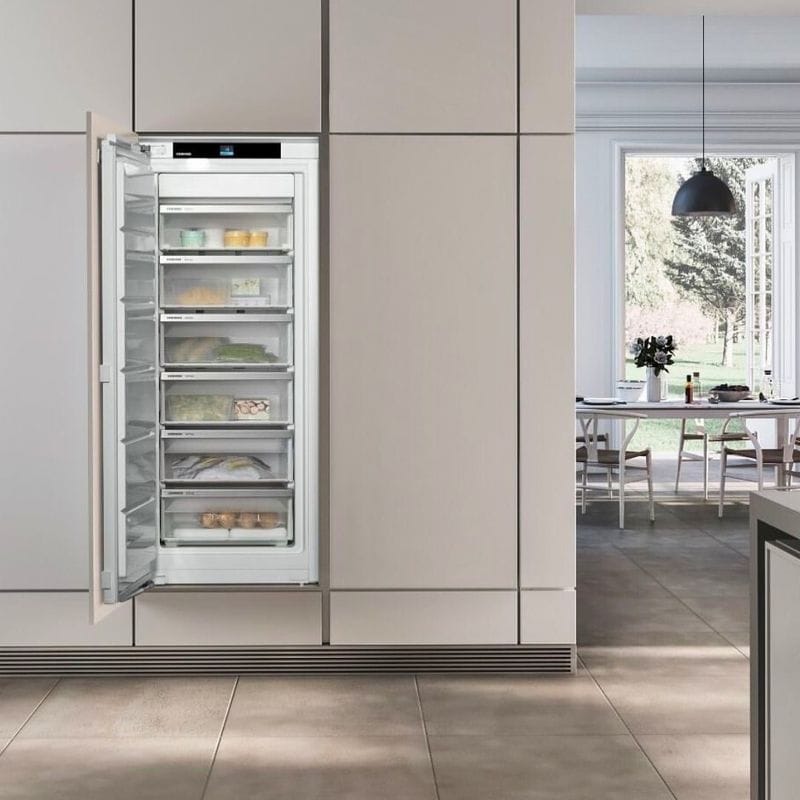
Built-in appliances often occupy more space than anticipated, particularly in compact kitchens. This can lead to cramped conditions and affect functionality.
Ensuring sufficient space for doors and drawers to open fully is crucial. Space planning and accurate measurements can prevent post-installation regrets.
Consult with an expert to evaluate your kitchen’s layout and ensure that built-in appliances won’t compromise your space.
7. Inconvenience During Repairs
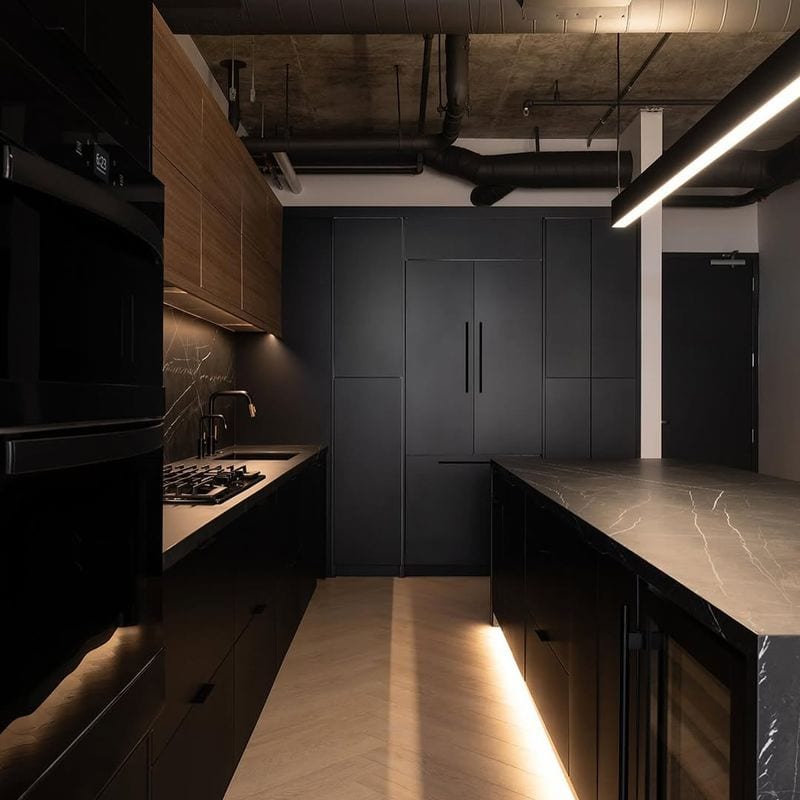
When built-in appliances break down, repairs can be highly inconvenient. The disruption to your daily routine, combined with the removal of fixed units, can be frustrating.
Planning for alternate arrangements during repairs is advisable. Understanding this potential inconvenience can prepare you better.
It’s a facet of ownership that doesn’t always come to light during the initial planning stages, but it’s important to consider.
8. Cooling Inefficiencies
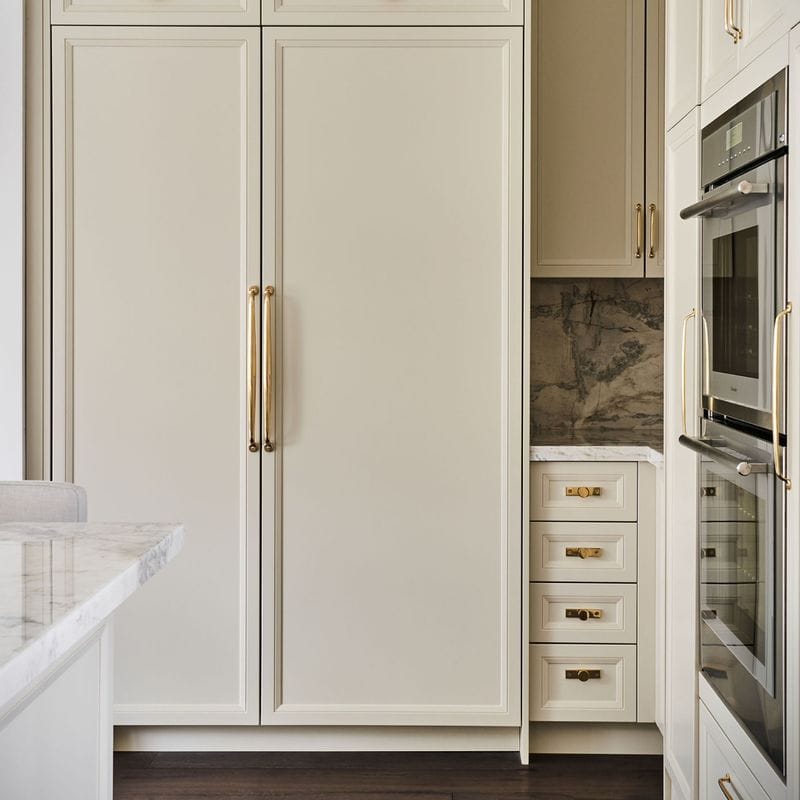
Built-in refrigerators often face cooling inefficiencies due to poor insulation and ventilation. This can lead to inconsistent temperatures and increased energy consumption.
Regular maintenance and checking for proper seals can mitigate some issues. However, these inefficiencies can remain hidden until energy bills spike or food spoils prematurely.
Considering these factors can save future headaches and ensure your built-in fridge operates optimally.
9. Higher Repair Costs
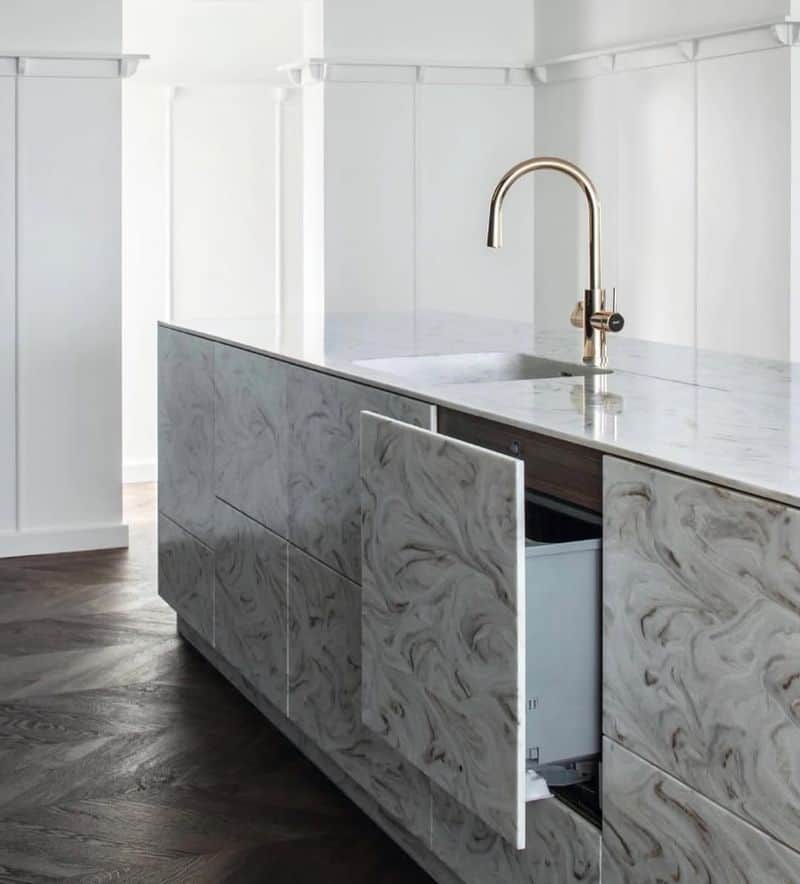
Repairing built-in appliances often incurs higher costs compared to freestanding units.
Accessing integrated components can be more challenging, requiring expertise and sometimes even cabinetry removal.
Annual maintenance contracts can help manage unexpected expenses. It’s vital to factor in potential repairs when budgeting for appliances.
These hidden costs might not be apparent upfront, but can significantly affect long-term expenses.
10. Resale Value Concerns
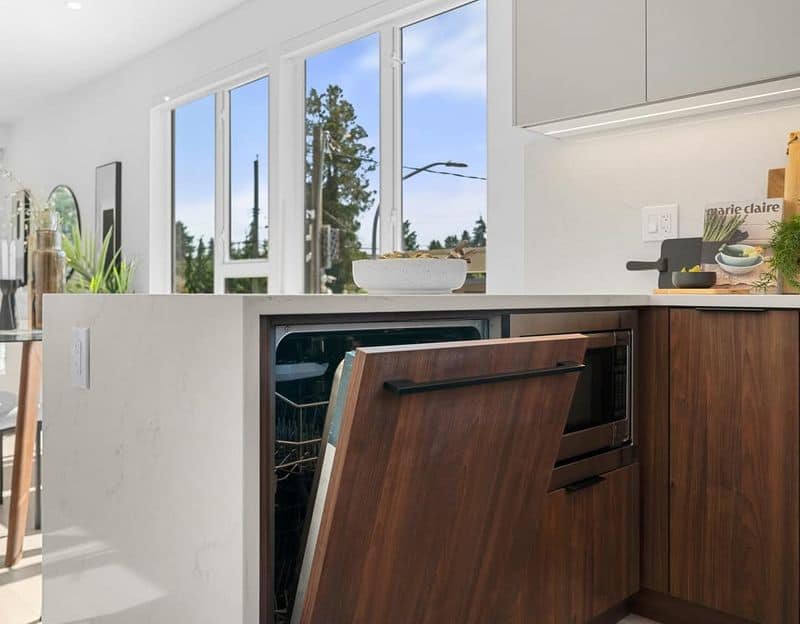
Built-in appliances may not appeal to future home buyers, affecting resale value. Their style and technology can date quickly, making potential buyers hesitant.
Investing in timeless designs might mitigate this issue. However, if the appliances appear outdated, they could become a sticking point.
Understanding market trends and preferences can help gauge the potential impact on resale value.

